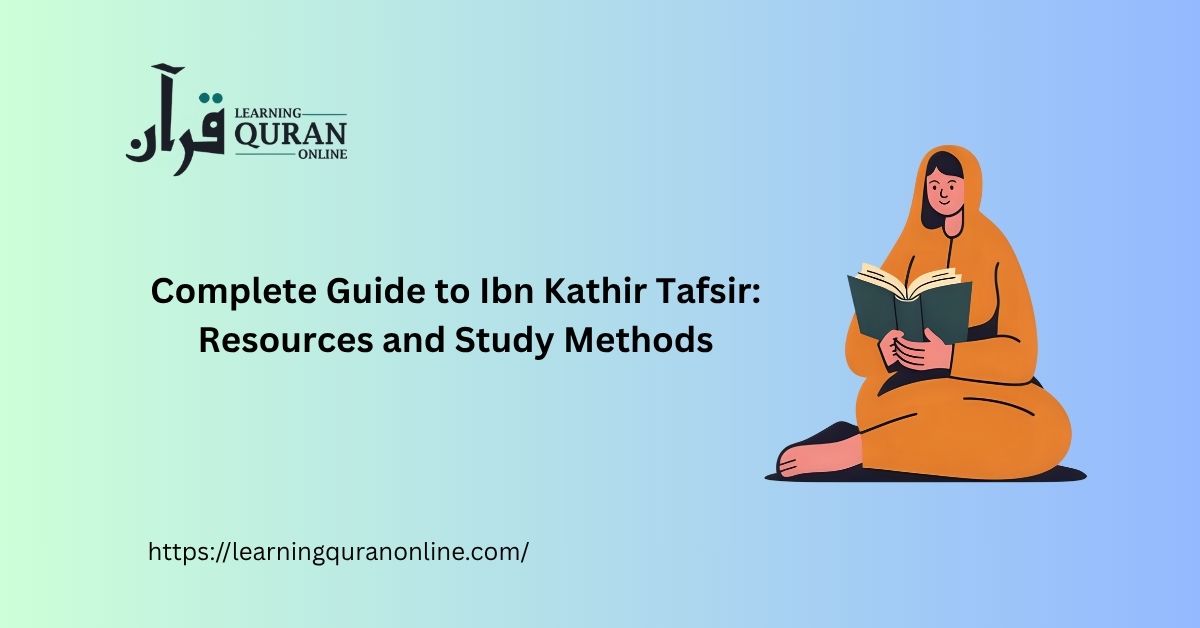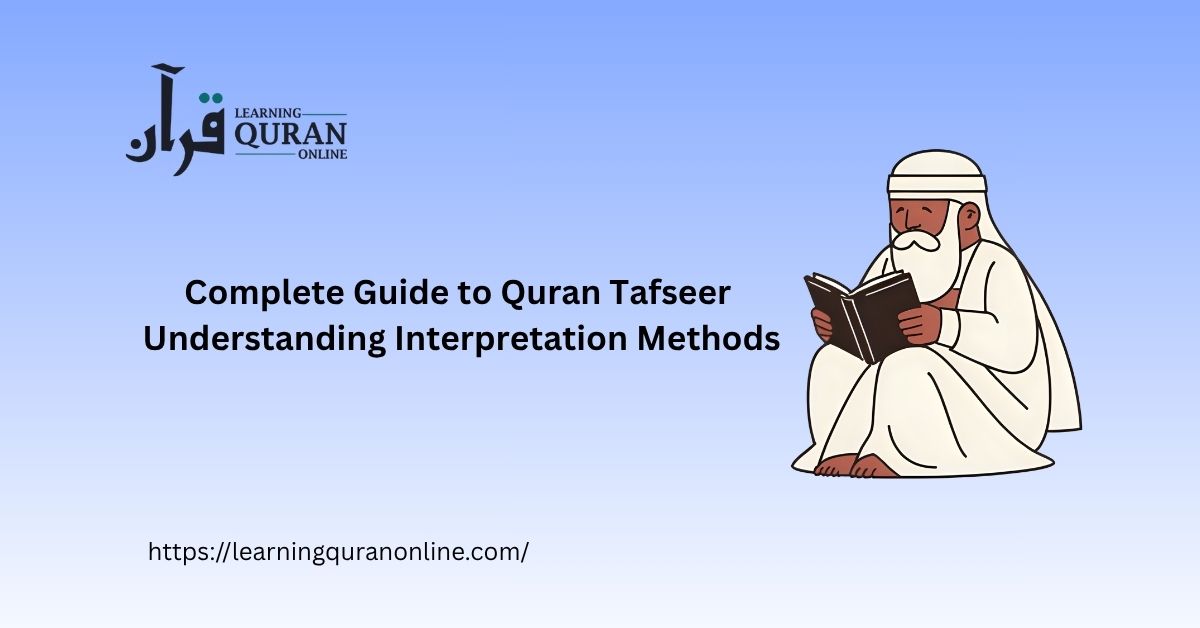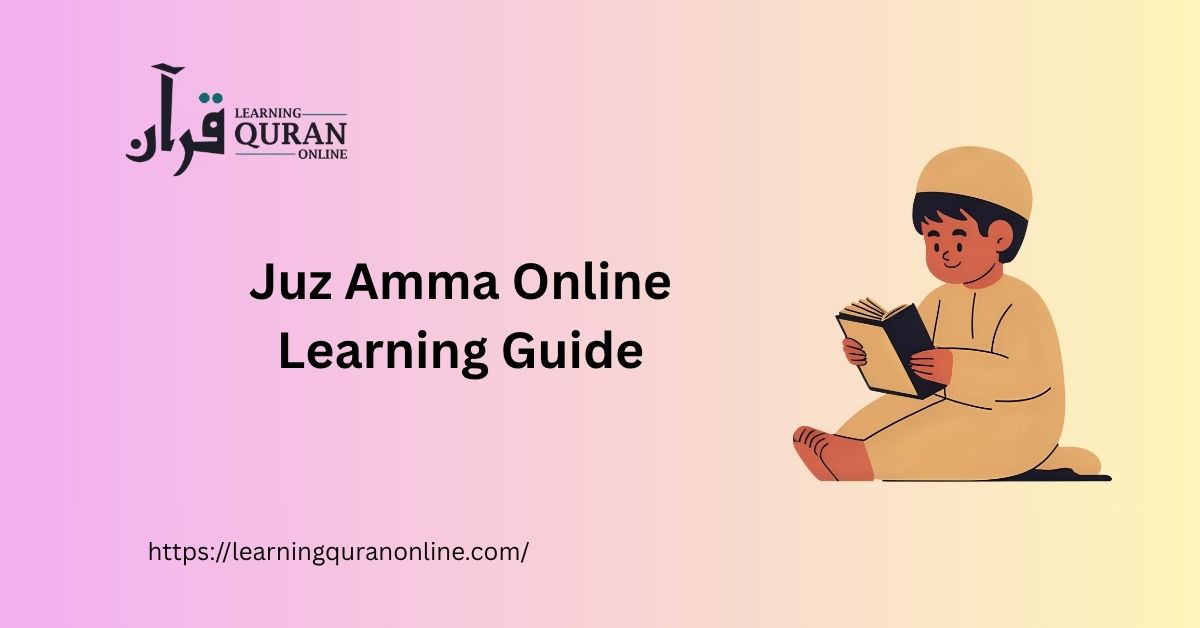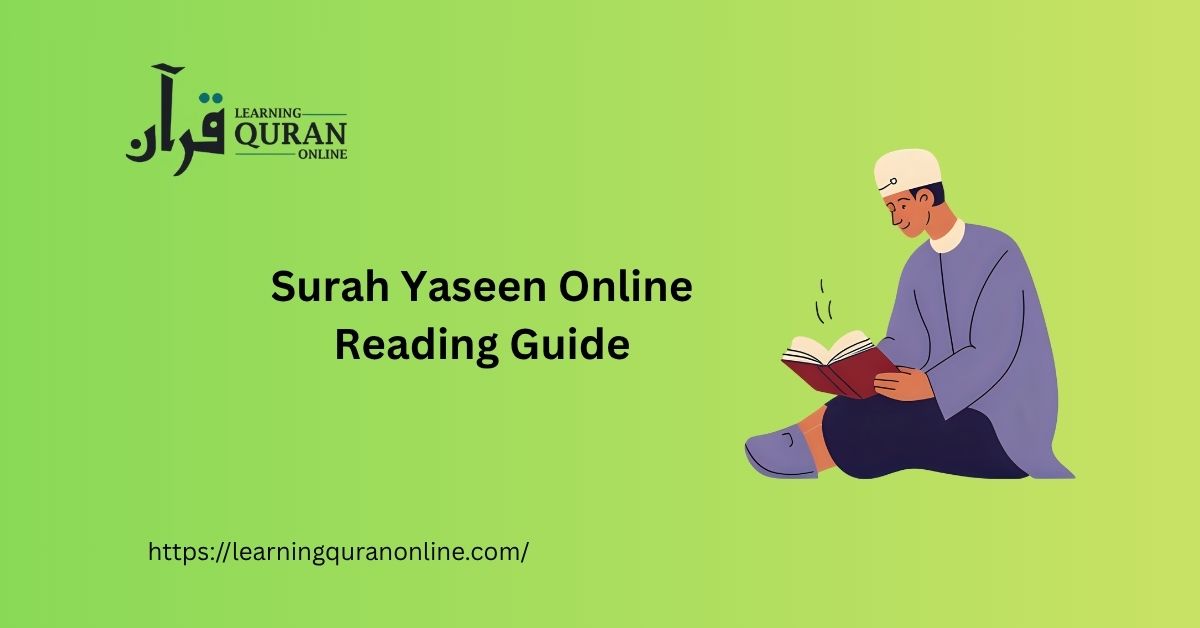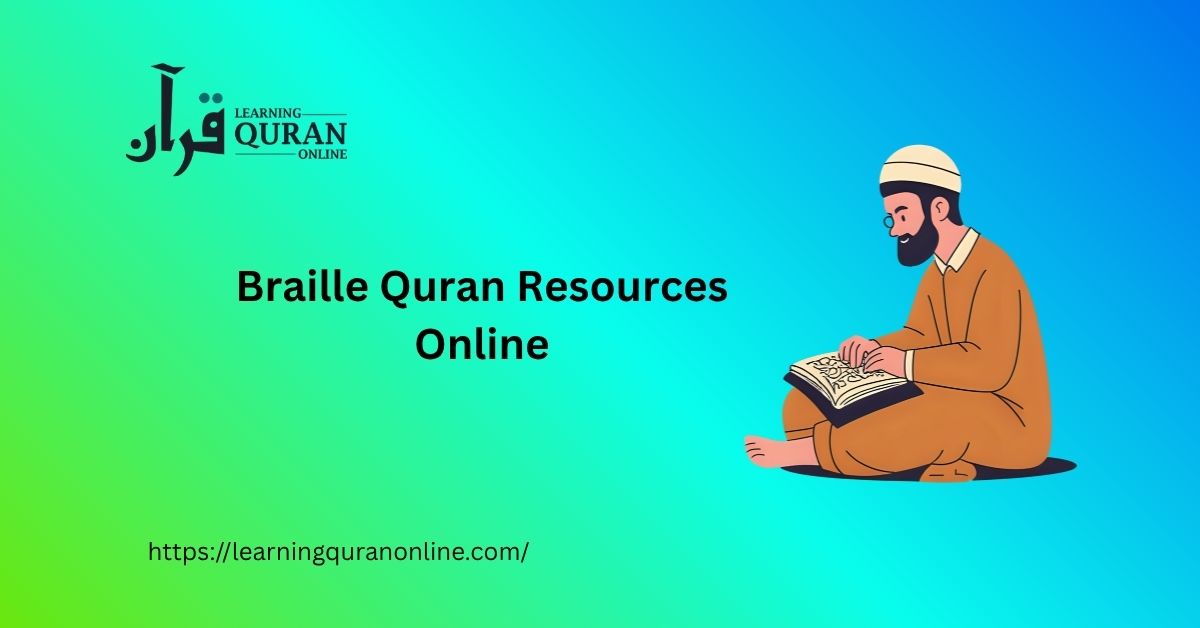Table of Contents
ToggleIntroduction: Why Study Tafsir Ibn Kathir?
Tafsir Ibn Kathir (Tafsir al-Qur’an al-`Aẓīm by Ismāʿīl ibn ʿUmar ibn Kathīr, d. 774 AH / 1373 CE) is prized for its reliance on the Qur’an, Prophetic hadith, and the statements of the Companions and early generations (salaf). It is a classical Sunni tafsir that synthesizes transmission-based exegesis (naqlī) and linguistic analysis, while often critiquing weak or Isra’iliyyat reports. Studying this tafsir offers insight into medieval exegetical method, hadith usage in exegesis, and classical Arabic semantics.
Understanding Ibn Kathir’s Methodology
To study Tafsir Ibn Kathir effectively, it helps to grasp its methodology. Key features include:
- Qur’an explained by Qur’an: Ibn Kathir interprets difficult verses by pointing to clearer verses elsewhere in the Qur’an (tafsir al-qur’an bil-qur’an).
- Hadith and Prophetic reports: He frequently cites authentic hadiths and explains verses through the Sunnah.
- Statements of the Companions and Tābiʿīn: Preference for interpretations reported from early authorities (athar).
- Linguistic and grammatical notes: Concise philological analysis when needed to clarify meanings.
- Evaluation of Isra’iliyyat: He accepts or rejects Isra’iliyyat (Judeo-Christian narratives) based on their conformity to Islamic sources.
Primary Editions and Reliable Translations
Choosing the right edition is crucial for an accurate understanding. The original Arabic tafsir is available in several print editions; many researchers prefer editions that include thorough indexing and editorial notes. For non-Arabic readers, select a trusted English translation that preserves the structure and citations.
- Arabic editions: Look for well-edited printings that include indexes and cross-references. University presses and established Islamic publishers are preferred.
- English translations: Popular English renderings (often abridged) are available; Darussalam’s English edition of Tafsir Ibn Kathir is commonly used. Ensure the translator provides clear footnotes, hadith references, and an index.
- Other languages: Urdu, Indonesian, Malay and Turkish translations exist; check the translator’s credentials and editorial rigor.
Top Online Resources and Digital Tools
The digital era has made classical tafsir much more accessible. Use reputable online libraries and tools to cross-check narrations, search keywords, and compare interpretations.
- Maktabah Shamila: A comprehensive Arabic digital library containing Ibn Kathir and many classical works (useful for researchers familiar with Arabic).
- Quran websites: Platforms like Quran.com, QuranX, and Alim.org often include Tafsir Ibn Kathir alongside verse-by-verse translations and search features.
- Hadith databases: Sunnah.com, Al-Maktaba Al-Shamela tools and other hadith lookup sites help verify narrations cited in the tafsir.
- Archive.org and Internet libraries: Free scans of older printings and translations can be useful for comparison (verify edition quality).
- Mobile apps: Several apps include Tafsir Ibn Kathir (Arabic and English) for on-the-go reading and bookmarking—choose apps with good reviews and clear source attribution.
Practical Study Methods: How to Read Tafsir Ibn Kathir
A disciplined study approach improves comprehension and retention. Below are practical methods to study Tafsir Ibn Kathir effectively:
- Read verse-by-verse: Follow the Qur’anic order. Read the verse in Arabic (or a reliable translation), then read Ibn Kathir’s commentary for that verse.
- Note-taking and annotation: Record the main points: key hadiths, scholarly opinions, linguistic notes, legal rulings, and historical contexts (asbāb al-nuzūl).
- Verify primary sources: When Ibn Kathir cites a hadith or Companion, cross-check the hadith chain (isnād) and classification using hadith databases.
- Contextual reading: Use asbāb al-nuzūl literature and historical sources to understand the occasion of revelation.
- Language study: Improve Arabic vocabulary, especially Qur’anic lexicon and classical grammar, to appreciate Ibn Kathir’s philological notes.
- Comparative tafsir: Consult other classical tafsirs (al-Tabari, al-Qurtubi, Fakhr al-Din al-Razi) and modern commentaries to see complementary perspectives.
- Active learning: Use summary flashcards, spaced repetition (SRS), and teach-back techniques—explain the tafsir to peers or in study circles.
Suggested 12-Week Study Plan
For focused study, here is a practical 12-week structure to work through selected portions of Tafsir Ibn Kathir. This plan assumes weekly study sessions; adapt the pace to your schedule.
- Weeks 1–2: Introduction to Ibn Kathir—read his preface, methodology, and study basic Arabic terms used in tafsir; review tools and resources.
- Weeks 3–6: Tafsir of selected surahs (e.g., Surah al-Fatiha, Surah al-Baqarah first sections); practice verse-by-verse reading and note-taking.
- Weeks 7–8: Focus on legal and ethical themes—extract fiqh insights, prophetic guidance, and socio-historical commentary from the tafsir.
- Weeks 9–10: Thematic study—compile notes on recurring topics (e.g., prophethood, afterlife, legal verses) and compare with other tafsir works.
- Weeks 11–12: Consolidation—review notes, verify hadith references, present a summary lecture or write an essay summarizing findings.
Advanced Study: Comparative and Critical Approaches
Once comfortable with Ibn Kathir’s tafsir, expand your study to critical and comparative analysis:
- Compare methodologies: Study differences between tafsir al-Tabari (early transmissionist) and tafsir al-Razi (rationalist/theological).
- Hadith criticism: Evaluate hadith authenticity and how Ibn Kathir handles weak narrations.
- Modern context: Use contemporary scholarly works to address historical claims, archaeological updates, and linguistic advances.
- Intertextual studies: Analyze how Quranic themes are woven across surahs and how Ibn Kathir draws cross-references.
Common Pitfalls and How to Avoid Them
While Tafsir Ibn Kathir is accessible, beginners can fall into mistakes that skew understanding. Watch for the following:
- Relying on abridged translations only: Abridged editions may omit important chains or comments—use the full edition when possible.
- Taking every narration at face value: Not all reports are equal—verify hadith grading and scholarly commentary before deriving rulings.
- Ignoring linguistic nuance: Overlooking classical Arabic grammar and rhetoric can lead to superficial readings.
- Neglecting comparative tafsir: Avoid concluding that Ibn Kathir is the only authoritative voice—contextualize his views with other scholars.
Learn Quran Online from the Best Online Quran Academy LQO.
Recommended Reading and Toollist
Short list of recommended resources to get started:
- Arabic editions of Tafsir Ibn Kathir (well-edited prints with indexes)
- Trusted English translation (e.g., reputable publishers that cite hadith sources)
- Maktabah Shamila or similar digital libraries for Arabic texts
- Quran.com / QuranX for verse-by-verse access and search tools
- Sunnah.com and other hadith databases to verify narrations
- Scholar-led courses or local study circles focusing on tafsir methodology
Conclusion: Making Tafsir Ibn Kathir Part of Your Learning Journey
Tafsir Ibn Kathir offers a valuable bridge between Qur’anic text, hadith, and early exegetical traditions. By using reliable editions and reputable online resources, applying disciplined study methods, and critically cross-referencing narrations and linguistic points, you can unlock a deeper understanding of the Qur’an and of classical Islamic thought. Start small, stay consistent, and integrate Arabic learning and hadith verification into your routine—over time, Tafsir Ibn Kathir will become an indispensable companion in your Qur’anic studies.

